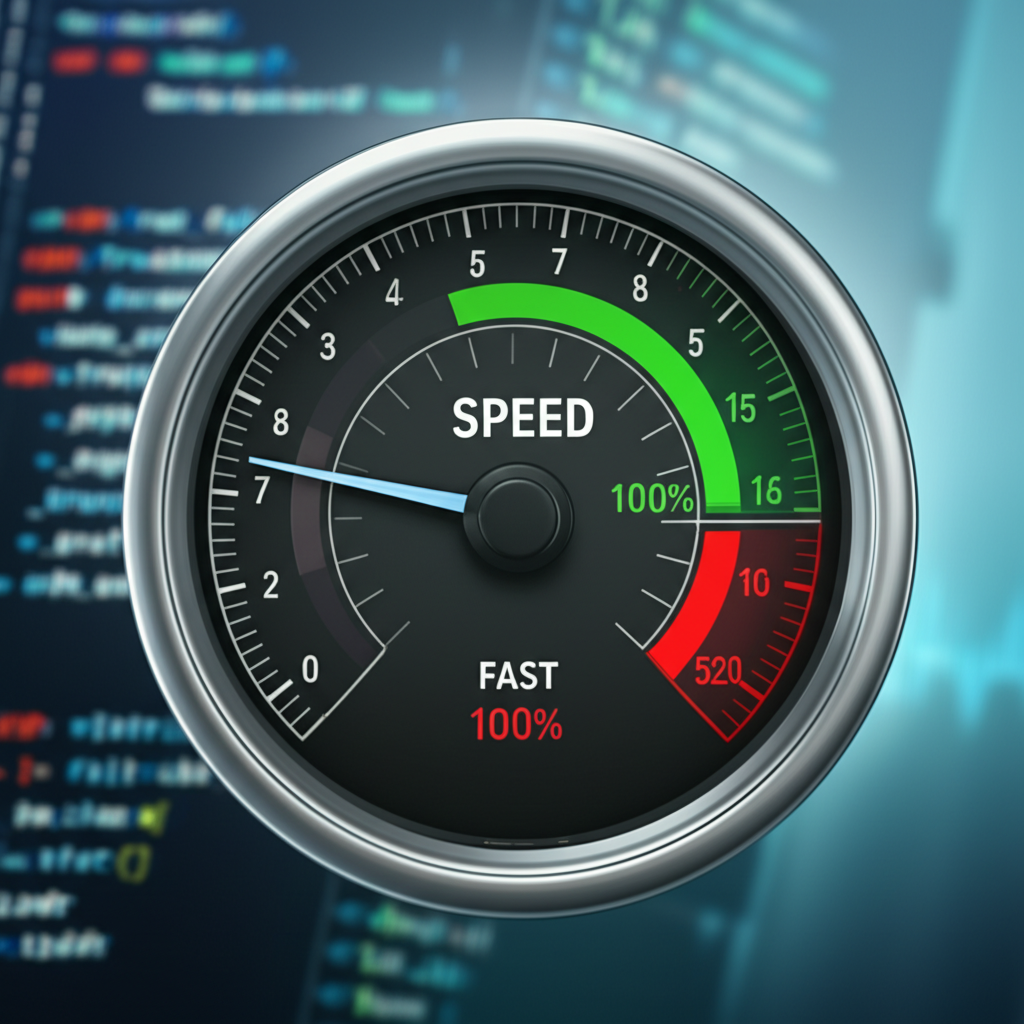- Why Website Speed Matters for SEO
- Impact of Website Speed on User Engagement
- Website Speed and Its Impact on Sales
- Mobile Website Speed: A Crucial Factor
- How to Improve Your Website Speed
- Optimize Images:
- Leverage Browser Caching:
- Minimize HTTP Requests:
- Choose the Right Hosting Provider:
- Minify CSS and JavaScript:
- Implement AMP (Accelerated Mobile Pages):
- Measuring Website Speed
- Website Speed: A Continuous Effort
Website Speed: Crucial for SEO & Sales
Website speed is a critical factor for both search engine optimization (SEO) and sales. In today’s fast-paced digital world, users expect websites to load quickly and efficiently. A slow website can lead to a poor user experience, increased bounce rates, and ultimately, lost revenue. Understanding the importance of website speed and implementing strategies to improve it is essential for businesses looking to succeed online.
Why Website Speed Matters for SEO
Google and other search engines prioritize user experience. A slow-loading website negatively impacts user experience, and as a consequence, search engine rankings. Site speed is a confirmed ranking factor, meaning Google explicitly uses it to determine where your website appears in search results. Faster websites are more likely to rank higher, increasing visibility and organic traffic.
Impact of Website Speed on User Engagement
Beyond the direct impact on rankings, website speed greatly influences user engagement. A slow website can frustrate users, leading them to abandon the site before even engaging with its content. Studies show that even a one-second delay in page load time can result in a significant drop in conversions. This lost engagement translates to missed opportunities for lead generation and sales. A fast-loading website, on the other hand, encourages users to explore more pages, spend more time on the site, and ultimately, convert into customers.
Website Speed and Its Impact on Sales
The correlation between website speed and sales is undeniable. E-commerce sites, in particular, rely heavily on fast loading times to drive conversions. Users are less likely to complete a purchase on a slow-loading site due to frustration and security concerns. A smooth and speedy checkout process is vital for minimizing cart abandonment and maximizing sales. Every second shaved off loading time can translate to a measurable increase in revenue.
Mobile Website Speed: A Crucial Factor
With the majority of internet traffic now coming from mobile devices, optimizing website speed for mobile users is paramount. Mobile users are often on slower connections and have less patience for slow-loading websites. A mobile-friendly website that loads quickly is essential for capturing and retaining mobile customers. Google also prioritizes mobile-first indexing, meaning it primarily uses the mobile version of a website for indexing and ranking. Therefore, a slow mobile site can severely hamper your SEO efforts and impact your visibility to potential customers.
How to Improve Your Website Speed
Optimizing website speed involves a combination of technical strategies and best practices. Here are some key areas to focus on:
Optimize Images:
Large image files are a common culprit for slow loading times. Optimizing images by compressing them without sacrificing quality can significantly improve website speed. Using the correct image format (JPEG for photos, PNG for graphics) and implementing lazy loading, which only loads images as they become visible in the viewport, can also make a significant difference.
Leverage Browser Caching:
Browser caching allows users’ browsers to store static assets like images and CSS files, reducing the amount of data that needs to be downloaded on subsequent visits. This can dramatically speed up loading times for returning visitors.
Minimize HTTP Requests:
Each element on a webpage, like images, scripts, and stylesheets, requires a separate HTTP request. Minimizing these requests by combining files and reducing the number of elements on a page can improve loading speed.
Choose the Right Hosting Provider:
A reliable and fast hosting provider is crucial for website speed. Choosing a hosting plan that meets your website’s needs and offers features like content delivery networks (CDNs) can make a significant difference. CDNs distribute your website’s content across multiple servers geographically closer to users, reducing latency and improving loading times.
Minify CSS and JavaScript:
Minifying CSS and JavaScript files involves removing unnecessary characters and spaces, reducing file size and improving download speed.
Implement AMP (Accelerated Mobile Pages):
AMP is a Google-backed project that aims to create faster-loading mobile pages. Implementing AMP can significantly improve the speed and performance of your mobile website.
Measuring Website Speed
Several tools are available to measure your website speed and identify areas for improvement. Google PageSpeed Insights is a free tool that provides detailed performance reports and recommendations for optimization. Other popular tools include GTmetrix, Pingdom Website Speed Test, and WebPageTest. These tools can help you pinpoint specific issues affecting your website speed and track your progress as you implement optimizations.
Website Speed: A Continuous Effort
Optimizing website speed is not a one-time task but an ongoing effort. Regularly monitoring your website’s performance, implementing best practices, and staying up-to-date with the latest techniques are essential for maintaining a fast and efficient website. By prioritizing website speed, you can improve user experience, boost your SEO rankings, and ultimately, drive more sales.











Leave a Reply